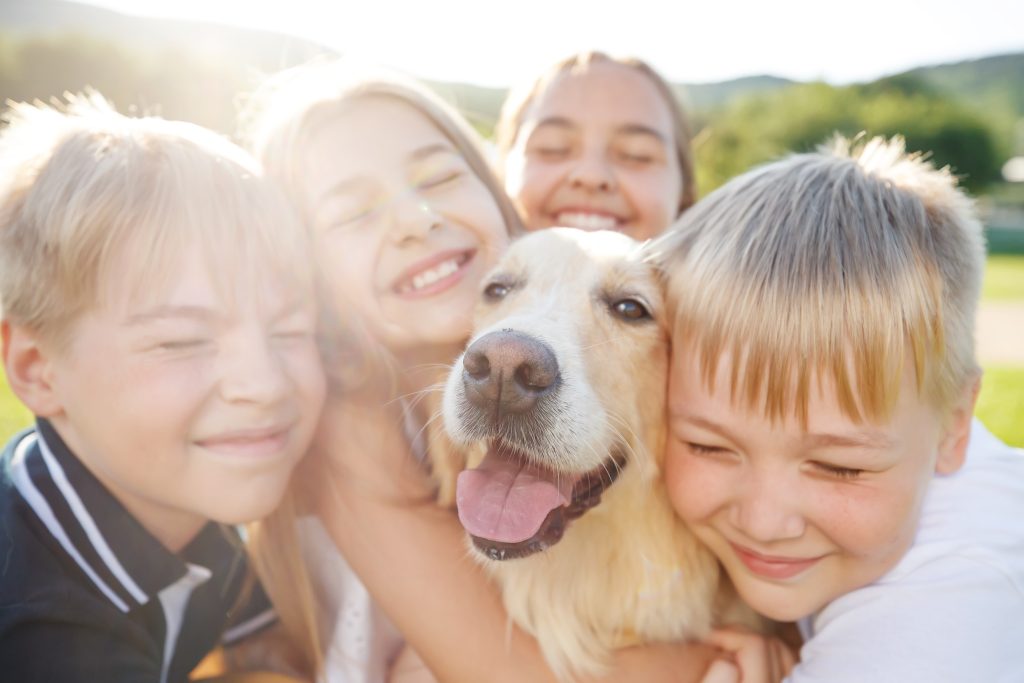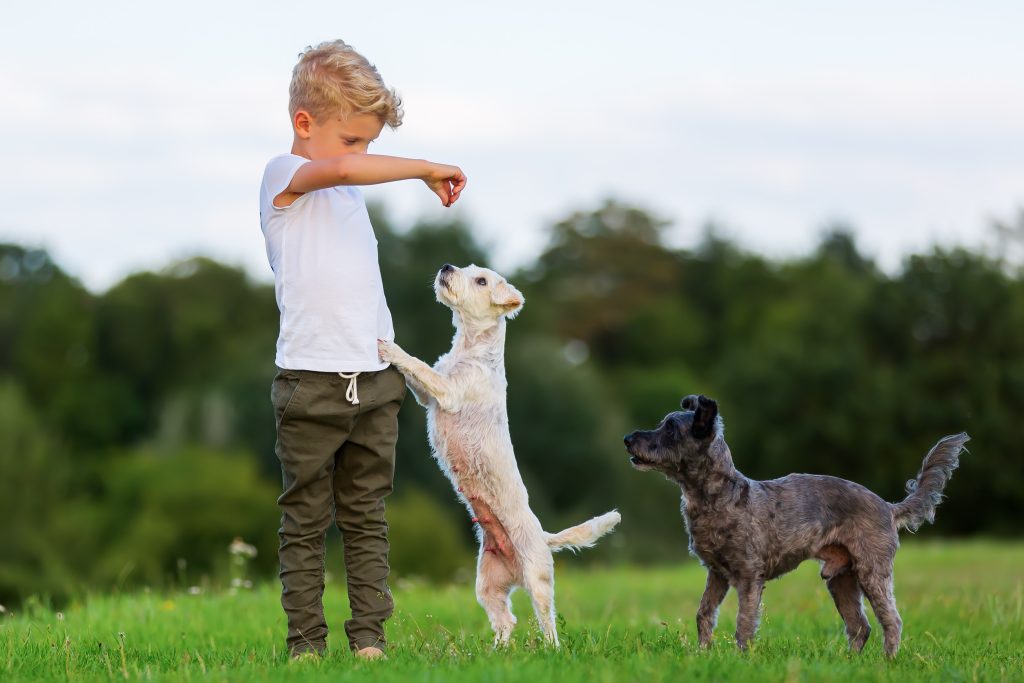
Many families cherish their canine companions. Dogs offer more than just playful fun. They can profoundly impact a child’s emotional development. Interacting with a dog provides unique benefits. It helps children learn to manage their feelings. This skill is called emotional regulation. Dogs contribute in several surprising ways. Let’s explore how dogs foster emotional growth. Discover the positive influence of pets. See how they support kids’ well-being.
The Calming Effect of Petting
The simple act of petting a dog is soothing. Rhythmic stroking can lower heart rate. It helps reduce feelings of stress. This physical interaction releases oxytocin. Oxytocin is often called the “love hormone.” It promotes bonding and calmness. Children feeling anxious or upset can benefit. Petting their dog provides immediate comfort. It offers a quiet, grounding activity. This helps them calm down naturally.
Reducing Stress and Anxiety
Studies suggest dog presence lowers cortisol. Cortisol is the body’s primary stress hormone. Lower cortisol levels mean less anxiety. Dogs offer consistent, uncomplicated affection. This stable presence is reassuring for children. Their companionship combats loneliness too. Children facing stressful situations find comfort. A dog provides nonverbal support. This helps buffer against life’s stressors effectively.
Teaching Empathy and Compassion
Caring for a dog teaches responsibility. It also cultivates empathy. Children learn to recognize the dog’s needs. Is the dog hungry, thirsty, or sad? They learn to interpret nonverbal cues. This develops perspective-taking skills. Understanding another being’s feelings fosters compassion. Children practice gentle behavior with their pet. These skills translate to human interactions. They become more considerate individuals.
Providing Non-Judgmental Support
Dogs offer unconditional positive regard. They don’t judge mistakes or bad moods. A child can confide feelings in their dog. They do so without fear of criticism. This creates a safe emotional outlet. Children can express sadness or anger freely. The dog provides silent, loving acceptance. This non-judgmental presence is powerful. It helps children process emotions safely. It builds self-acceptance too.
Encouraging Routine and Responsibility
Caring for a dog requires routine. Feeding, walking, and grooming happen regularly. Children participating learn structure. They develop responsibility and self-discipline. Following routines builds predictability. Predictability helps children feel secure. This security supports emotional stability. Knowing what to expect reduces anxiety. Responsibility builds confidence and competence. These are key for emotional regulation.
Facilitating Social Interaction
Dogs often act as social catalysts. Walking a dog encourages neighborhood interaction. Other people may stop to chat. This helps shy children practice social skills. Talking about their pet provides conversation starters. Dogs can ease social anxiety. They offer a shared interest point. This facilitates connection with peers. Improved social skills boost emotional well-being.
Modeling Unconditional Love

Dogs demonstrate pure, unconditional love. Their affection is freely given. It doesn’t depend on performance. Experiencing this helps children feel secure. It builds their sense of self-worth. Knowing they are loved unconditionally is vital. This foundation supports emotional resilience. Children learn to give and receive love openly. This models healthy relationship dynamics. It fosters emotional generosity.
A Paws-Itive Impact on Feelings
Dogs offer remarkable emotional benefits for children. They provide comfort and reduce stress. They teach empathy and responsibility. Their non-judgmental presence is invaluable. They encourage routine and social interaction. Dogs model unconditional love daily. These factors significantly aid emotional regulation. Welcoming a dog can nurture a child’s heart. It helps them navigate feelings healthily. The bond is truly special.
How has a pet helped your child manage emotions? What benefits have you observed in the child-dog relationship? Share your heartwarming stories below.
Read More:
Why Dogs and Cats Stare at You—The Truth Will Surprise You!
7 Dog Breeds That Are Surprisingly Great for ADHD

Latrice is a dedicated professional with a rich background in social work, complemented by an Associate Degree in the field. Her journey has been uniquely shaped by the rewarding experience of being a stay-at-home mom to her two children, aged 13 and 5. This role has not only been a testament to her commitment to family but has also provided her with invaluable life lessons and insights.
As a mother, Latrice has embraced the opportunity to educate her children on essential life skills, with a special focus on financial literacy, the nuances of life, and the importance of inner peace.
